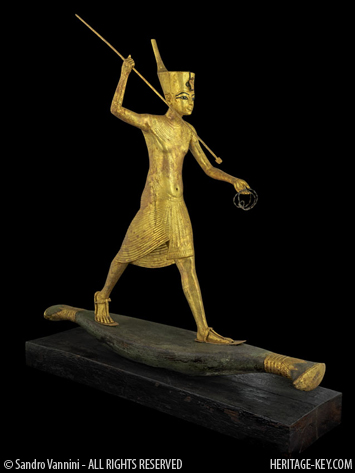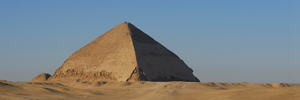 The debate over the origin of the Dead Sea Scrolls may end up coming down to a very basic element water.
The debate over the origin of the Dead Sea Scrolls may end up coming down to a very basic element water.
The Dead Sea Scrolls were discovered in the 1940s and 50s near the site of Qumran in the modern day West Bank. Its a mystery as to how they got there.
Recent archaeological work by Yuval Peleg and Yitzhak Magen suggests that Qumran had nothing to do with the scrolls. It was first used as an outpost by the Hasmonean army and later became a centre of pottery production. They suggest that the scrolls were deposited in the caves by people fleeing the Roman army, after the siege of Jerusalem in AD 70.
On the other hand virtual reality research conducted by Dr. Robert Cargill, of UCLA, suggests that the residents of Qumran could have created some of the scrolls. They did this while carrying out other tasks such as animal husbandry and pottery making.
Now a team of scientists has some new evidence to bring to this discussion.
 They claim to have identified the origin of the longest of the Dead Sea Scrolls (known as The Temple Scroll) by identifying the source of the water used to make the parchment.
They claim to have identified the origin of the longest of the Dead Sea Scrolls (known as The Temple Scroll) by identifying the source of the water used to make the parchment.
The team is based in Italy and is made up of researchers of the National Laboratories of the South (LNS) in Catania of the Istituto Nazionale di Fisica Nucleare (INFN, Italy’s National Institute for Nuclear Physics). One of the team leaders, Professor Giuseppe Pappalardo, presented the results yesterday at a conference.
The team analyzed the ratio of chlorine to bromine in fragments of the Temple Scroll. They then compared this ratio to that of the water sources near Qumran.
According to this analysis, the ratio of chlorine to bromine in the scroll is consistent with the ratio in local water sources, said the team in a release. (It) may have been made near the Dead Sea, in the area of Qumran, where the scrolls were found. In other words, the scrolls may have been created locally.
Its a cautious statement and the team added that more testing needs to be done. The next step in the research will be to analyse the ink used to write the scrolls.
It should also be pointed out that the temple scroll is just one of hundreds found in the caves near Qumran. Just because this scroll was made near Qumran does not mean that they all were.



